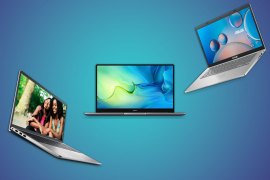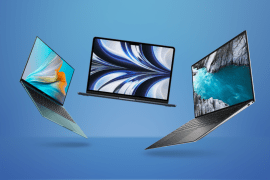Apple iPad Pro OLED vs MacBook Air M3
Apple's thinnest and most powerful tablet to date, takes on its laptop cousin
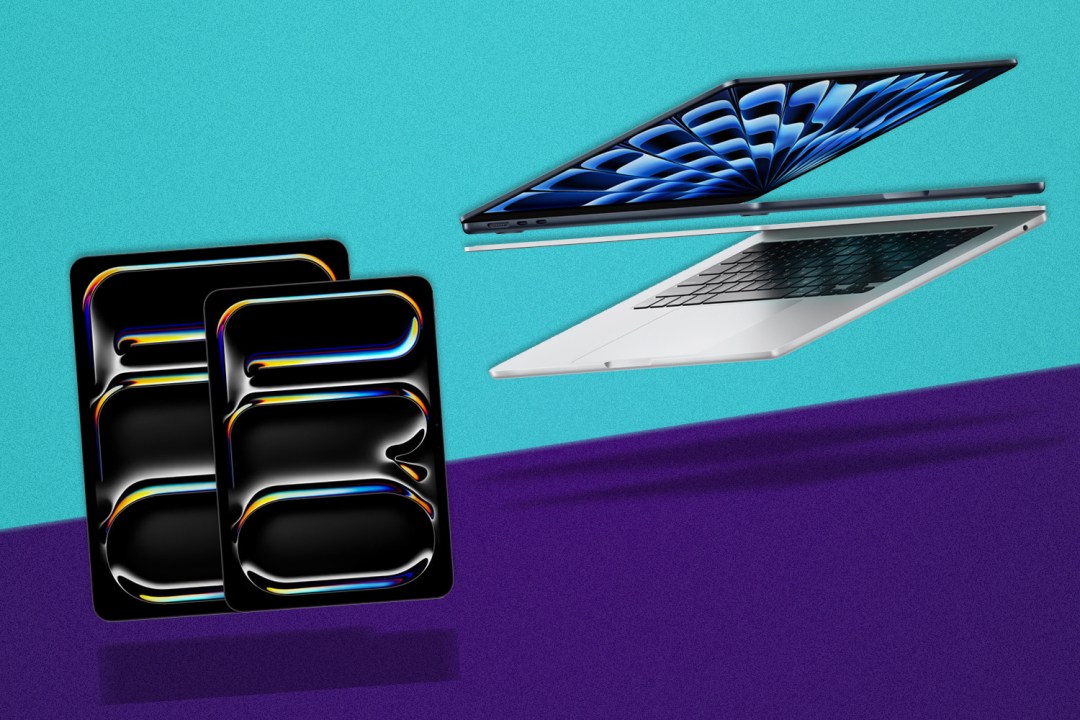
Apple iPad Pro OLED vs MacBook Air — it’s a question you may not have needed answering before, but now that Apple has unveiled its latest iPad Pro range, you might want to sift through all the facts and comparisons below, before spending your hard-earned cash at the Apple Store.
Price and release date
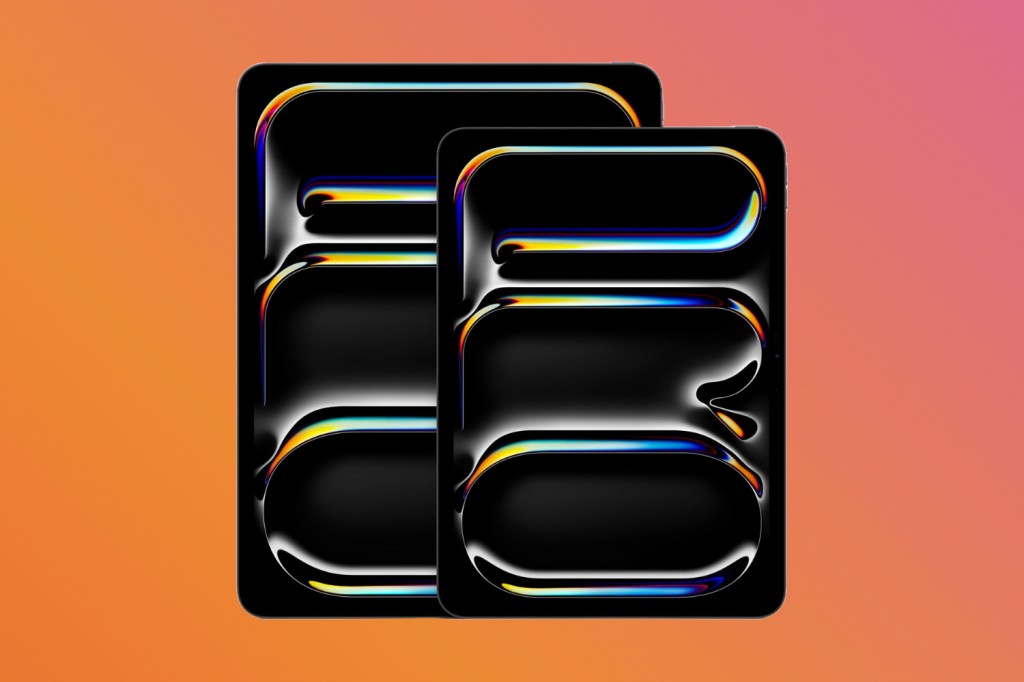
The iPad Pro OLED will be available from 15 May in both 11 and 13in sizes, starting from $999/£999 and $1299/£1299, respectively. In contrast, the MacBook Air M3 edition was released on 8 March 2024, and starts at $1099/£1099 for the 13.6in version, and $1299/£1299 for the 15.3in model.
In short, there’s essentially nothing separating the iPad Pro OLED and MacBook Air M3 in terms of their price tags, which mean that if you’ve got the cash, then either one can be considered. With one pretty major caveat — Apple’s new Magic Keyboard accessory for the new iPad Pro will set you back $299/£299 for the 11in version, and and an even more punchy $349/£349 for the 13in model. If you do want the new iPad Pro to act as a bona fide laptop replacement, then this extra chunk of cash needs to be taken into account, pushing the iPad Pro firmly past its MacBook Air cousin by a good few hundred dollars or pounds more.
Design and portability
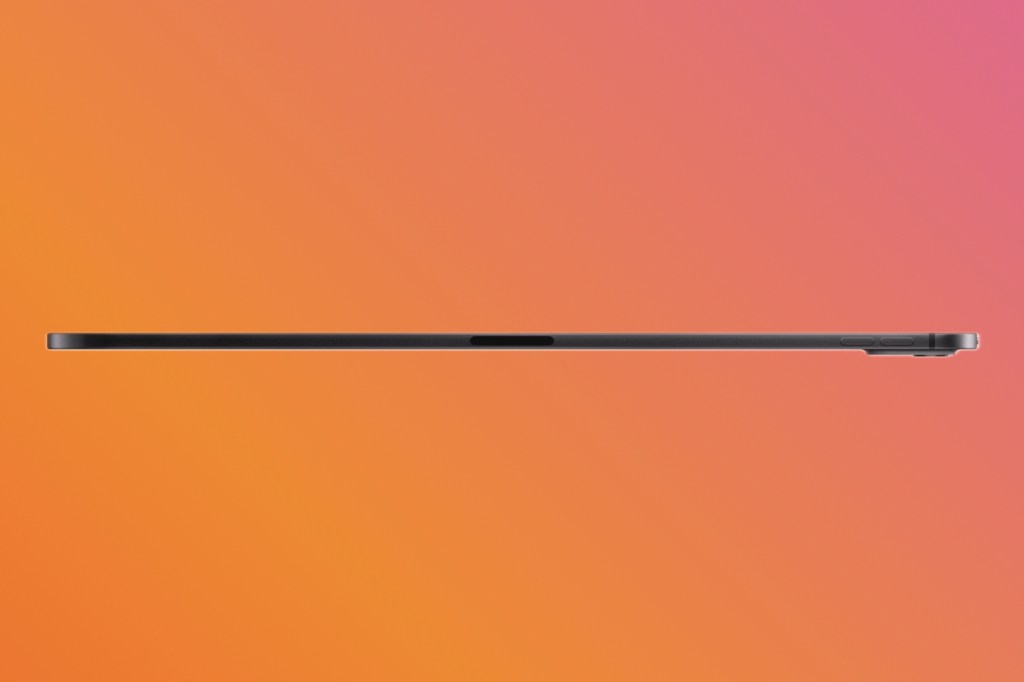
And so the true comparison begins. The new iPad Pro OLED models are, naturally, svelter and lighter than their MacBook cousins, given their tablet DNA. But that’s underselling them by a fair amount. The 11in iPad Pro OLED weighs just 444g, and measures 5.3mm thick. The 13in model bumps the weight up to 579g, but measures in at a mere 5.1mm, making it the thinnest Apple device ever made. Even thinner than the iPod Nano.
In contrast, the full-fat laptop form factor of the MacBook Air 13in sees it weigh in at 1.24kg, while measuring 1.13cm. The larger 15in model weighs 1.49kg and is 1.14cm thick. Clearly, in terms of pure portability, the iPad Pro models are ahead by miles, and will be noticeably easier and lighter to carry around. Not that the MacBook Air is a hefty beast by any means (quite the contrary, in fact). It’s just hard for anything to match the sleekness of those shiny iPad Pro models.
Now, it’s also worth mentioning that the new Apple Magic Keyboard for the iPad Pro OLED will add some extra weight and thickness to both iPad Pro models. There’s no officially listed weight for the keyboard at the time of writing, but it’s safe to say that even with the additional weight and heft, the iPad Pro definitely wins on the portability front.
Screen

First things first — if you want a minimum of 15 inches for your screen size, then the larger variant of the MacBook Air is the clear choice. Size aside though, there’s no escaping the allure of the new iPad Pro models’ incredible OLED displays, and they beat out the MacBook Air’s screen in practically every aspect.
The MacBook Air’s screen is an LED affair, for a start, so it immediately loses out on true blacks, contrast, and richer colours. Its 2560 x 1664 resolution works out to 224 pixels per inch, and it reaches 500 nits of brightness, with a 60Hz refresh rate. The iPad Pro’s new OLED screens on the other hand, offer 264 pixels per inch for a sharper experience, along with an adaptive refresh rate from 10-120Hz. And while you might have to pixel-peep to notice a difference in resolution, you’ll be blown away by the benefits of OLED — not to mention an insane peak brightness of 1000 nits, or even 1600 nits with HDR content, thanks to Apple’s Tandem OLED technique of essentially stacking two OLED screens together. And if you spring for the higher capacity storage 1TB or 2TB iPad Pro models, you can choose to fork out $100/£100 extra for Apple’s new nano-texture display coating, which reduces distracting reflections from ambient light.
In short, the new iPad Pro’s OLED screen, will be an absolute feast for the eyes, and could be a contender for one of the best device screen experiences, period.
Power and software
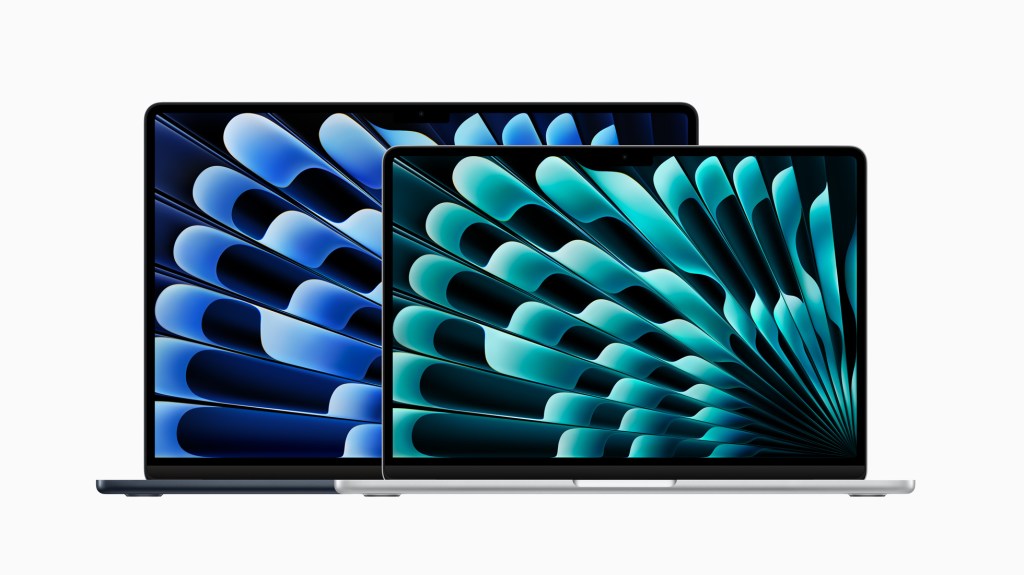
Simply put, the new 2024 iteration of the iPad Pro isn’t just the most powerful tablet in the world, but its hardware is so cutting edge, it even outmuscles the 2024 M3 MackBook Air. That’s right, Apple has chosen to debut its M4 processor (its most powerful to date) in the new iPad Pro, which is a major selling point for spec fiends.
Now, we’ve yet to put the iPad Pro through a proper review process, but it would be interesting to see if thermal throttling comes into play given the iPad Pro’s extremely thin chassis. Also, no matter how capable iPadOS 17 is, it can’t match the flexibility, compatibility, and power of a full-blown desktop OS like macOS 14 Sonoma, especially for users who do more than web browse and send emails. If you’re the type to take full advanced of the new Apple Pencil Pro though, then that’s an experience that can’t be replicated in the MacBook Air
Battery life
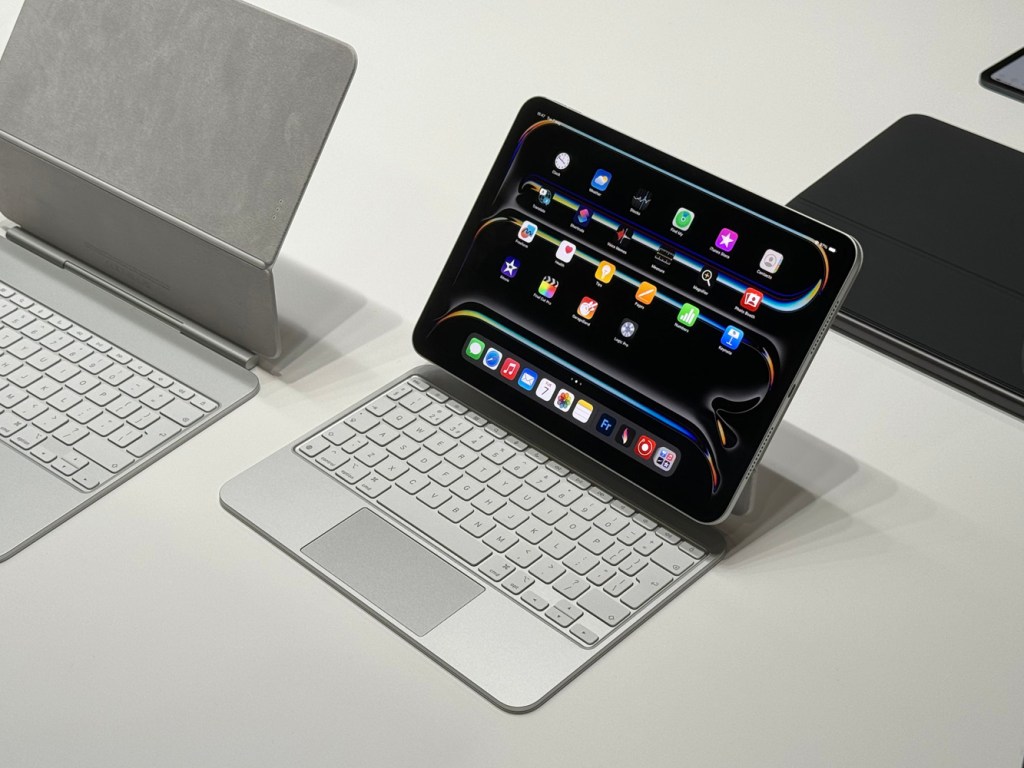
The new iPad Pro OLED might have won with its portability, screen and power, but it can’t defy the laws of physics — especially with such a ludicrously thin chassis. The 11in and 13in iPad Pro OLED models have a 31.29 and 38.99-watt-hour rechargeable battery, respectively. Apple rates them to last up to 10 hours of web surfing or video watching over Wi-Fi, if you prefer some real-world context.
In contrast, the 13in and 15in MacBook Air variants have the luxury of more room, rocking a 52.6-watt-hour battery. That translates to around 15 hours of wireless web browsing, or up to 18 hours of Apple TV app movie playback, to use the very specific example from Apple’s own site.
Which one should you buy?
While the new iPad Pro has come out on top in most comparisons, the best choice is, ultimately, the one that suits your needs and priorities.
The iPad Pro’s knockout screen is brighter, punchier, and faster than the MacBook Air’s display. It’s one of the most powerful portable devices in the world, and is lighter and easier to carry around. For someone who travels and needs a powerful device to unleash their creativity on-the go (video editors and graphic designers come to mind), then the iPad Pro is the better choice.
If, on the other hand, you’re just after a MacBook for light browsing and simpler use (and think the idea of paying extra for a keyboard seems wasteful), then the MacBook Air is probably the sensible choice. Stay tuned for our full new iPad Pro OLED review.


